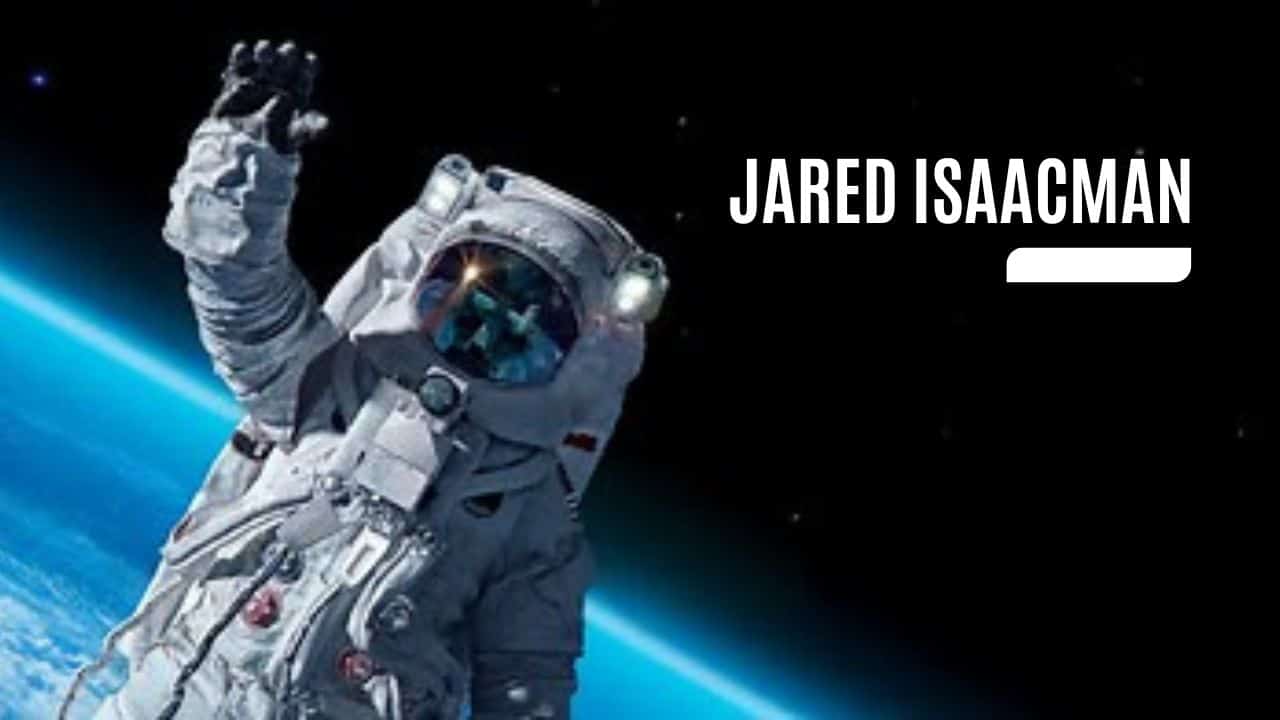Jared Isaacman, the first billionaire to ever conduct a private spacewalk, recently opened up about the challenges of his extraordinary journey into space. Far from being a peaceful or serene experience, Isaacman compared his time in space to the perilous voyages of early explorers attempting to cross the Atlantic Ocean centuries ago. His reflections provide a rare and deeply personal insight into the physical and mental demands of space travel.
Isaacman is the founder of the payments company Shift4, and his spacewalk took place during SpaceX’s ambitious Polaris Dawn mission. The mission, which returned safely to Earth on Sunday, was groundbreaking in many ways, and Isaacman’s participation made him a central figure in this new chapter of private space exploration.
The Awe-Inspiring Yet Challenging View of Earth
In a conversation hosted on Twitter Spaces on Tuesday, Isaacman shared that seeing Earth from space was, as expected, a life-altering experience. “Looking at Earth was obviously very, very special,” Isaacman said, underscoring the unique perspective astronauts gain when viewing our planet from such a distance. The view of Earth, with its blue oceans and swirling clouds, provided a moment of awe for Isaacman. However, it was not this beautiful sight that left the deepest impression on him.
He went on to explain that while the sight of Earth was indeed breathtaking, his gaze soon shifted toward the vast and seemingly infinite darkness of space. This view had a different effect. As he looked out into the blackness, Isaacman was struck by the reality of his situation. “When you look off to the side, you look out into the darkness of space, and you see your spaceship there, and how gritty it looks, it gave you this sense of, like, ‘this isn’t going to be easy,’” he shared.
The contrast between the beauty of Earth and the ominous vastness of space brought a new perspective to Isaacman’s journey. His words reflect the balance between the wonder and danger of space travel—where awe is tempered by the ever-present risks.
Space: A Hostile, Threatening, and Demanding Environment
Isaacman didn’t shy away from describing space as a “hard, very threatening environment.” He made it clear that being in space is not something to romanticize. Unlike the peaceful images often associated with space exploration, Isaacman’s description paints a picture of a place that is both physically and mentally demanding. Space, according to him, is not a welcoming place for humans.
“It wasn’t anything I would describe as peaceful when you’re looking out into the darkness of space,” he continued. Instead of tranquility, Isaacman felt a strong sense of danger and caution as he floated in the blackness, tethered to his spacecraft. “If anything, it was a little bit more of like: ‘If you want to be here, you’re going to have to work for it,’” he added.
Isaacman’s reflection highlights the immense challenges that space travel presents, even for those who have the best technology and preparation at their disposal. Every moment in space requires focus, effort, and a recognition of the risks involved. His description serves as a reminder that space exploration is still fraught with dangers, and each mission is a battle against an environment that is not suited for human life.
Drawing Parallels to Historical Explorers
Isaacman, while recounting his space experience, likened the journey to the difficult and dangerous voyages of explorers from the past, specifically those who set out to cross the Atlantic Ocean five centuries ago. These explorers, driven by a spirit of adventure and a desire to chart unknown territories, faced immense dangers as they sailed into uncharted waters.
According to Isaacman, the feeling of looking out into the vastness of space today must be similar to what those explorers felt when they embarked on their risky voyages across the ocean. “You shouldn’t interpret that feeling of danger and unwelcomeness as a deterrent, but it’s just more to rise to the challenge, just as explorers had to do throughout human history,” he remarked.
Isaacman’s comparison underscores the idea that space exploration, like the great explorations of the past, requires a combination of courage, perseverance, and resilience. The sense of danger, rather than being a reason to turn back, is something to be embraced and overcome.
The Polaris Dawn Mission: A Step Toward Future Space Exploration
Isaacman’s private spacewalk was part of SpaceX’s Polaris Dawn mission, an initiative designed to push the boundaries of private space travel and conduct important research to benefit future missions. The mission was not just about exploration—it was also heavily focused on scientific research and preparing humanity for more extensive space travel in the years to come.
During their time in space, the Polaris Dawn crew conducted dozens of science experiments aimed at better understanding the effects of space on the human body. This research is crucial as space agencies and private companies like SpaceX work to make space a more livable environment for humans. From studying the impact of microgravity on the human body to analyzing how extended periods in space affect cognitive functions, these experiments are key to ensuring that future astronauts are better equipped to handle the rigors of long-duration space travel.
Isaacman’s spacewalk was one of the mission’s most significant moments, as it demonstrated the increasing capability of private missions to achieve what was once only possible for government space agencies. His journey into the depths of space marks a new era of space exploration where private individuals, backed by companies like SpaceX, can participate in and contribute to humanity’s push beyond Earth.
SpaceX’s Bold Vision for Mars
SpaceX, the company behind the Polaris Dawn mission, has even bolder plans for the future. According to recent announcements, the company aims to send an unmanned mission to Mars within the next two years, with a crewed mission following just two years later. This timeline is incredibly ambitious, but it reflects SpaceX’s determination to make humanity a multi-planetary species.
For Isaacman, the scientific research and personal experiences gained from missions like Polaris Dawn are steps toward realizing this goal. By understanding the challenges that space presents, both physically and psychologically, SpaceX can better prepare for the monumental task of landing humans on Mars and eventually establishing a permanent presence there.
Rising to the Challenge
Jared Isaacman’s reflections on his spacewalk remind us that while space exploration is full of wonder, it is also fraught with challenges. The darkness and danger of space serve as a constant reminder that nothing in this environment is easy or guaranteed. Yet, Isaacman’s words also carry a message of hope and determination. Just as explorers in the past rose to the challenge of crossing oceans and discovering new lands, today’s space travelers must rise to the challenges of venturing beyond Earth.
Isaacman’s private spacewalk is a milestone in the ongoing journey to push the boundaries of what is possible. His experiences, along with the scientific research conducted during the Polaris Dawn mission, will help pave the way for future missions, both to the Moon and beyond. Space, with all its dangers and difficulties, remains the final frontier, and it is one that Isaacman believes humanity is ready to conquer.
The Polaris Dawn mission not only advanced our understanding of space but also demonstrated that private individuals can play a significant role in the future of space exploration. For Isaacman, the experience of looking out into the blackness of space, while daunting, was ultimately a reminder of the incredible potential that lies ahead for those willing to rise to the challenge.







































